9 GI-Tagged Mithais You Must Try & The Amazing Stories Behind Them
Looking for India's best traditional sweets? Here are nine Indian ‘mithais’ from across the country that have received the coveted GI tag.
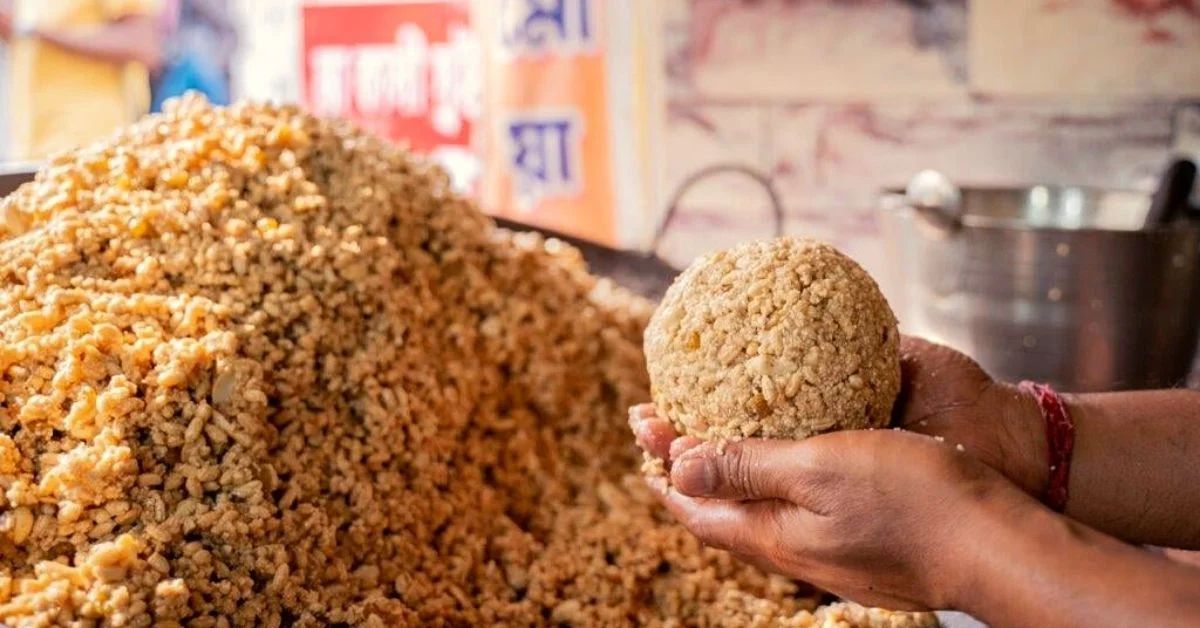
The mithaiwala at the curb on my street is viewed as nothing less than God by his patrons who are regulars at his 100-square-foot shop. While the space behind the glass boasts a certain few sweets — pedhas, barfis and milk cakes — he seems to magic the rest out of thin air when a customer demands. So be it rasmalai, basundi or pootharekulu (an Andhra Pradesh delicacy wrapped in wafer-thin rice), Shamshed ji will never say ‘no’.
In fact what sets him apart — aside from his almost divine abilities to prepare sweets — are the stories he tells his customers. While piling mithai pieces into vibrant coloured boxes, he talks of how the Indian mithai scene has changed over the years. “We are finally getting recognised,” he adds.
This feeling is echoed by mithaiwalas across India, especially in the regions where these sweets are born. The GI tag has made this possible. This intellectual property mark when granted to a sweet, goes a long way in boosting its popularity and subsequent sales.
Let’s take a look at some Indian sweets that have made it to the coveted GI tag list over the years.
1. Silao Khaja

In December 2018, the Nalanda district of Bihar celebrated as their beloved silao khaja was awarded the GI tag. The golden crunchy piece of heaven glistens with sugar syrup, appearing a lot like the Turkish baklava (a layered pastry). Wheat and sugar come together to create this gastronomic delight that dates back to 320 BCE.
According to The Times of India report, the applicant society was Silao Khaja Audyogik Swavalambi Sahakari Samiti Ltd.
2. Mihidana
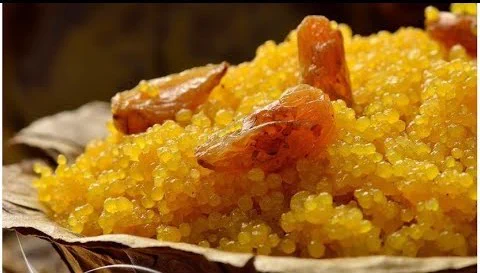
Often described as the cousin of the boondi, the mihidana found a place in the GI list of sweets in 2017. The sweet was born in the Bardhawan region of West Bengal, a bustling capital during British rule. History credits the Nag family of sweetmakers who resided in the Bardhawan with creating this delight.
In 2021, reports of batches of the sweet being exported from Bardhawan to the Kingdom of Bahrain did the rounds, lending to the popularity of the mithai.
3. Dharwad Peda
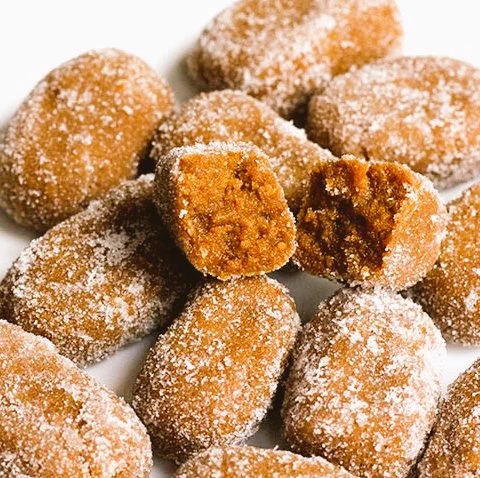
Barfis and pedhas have often been touted as inventions by people in North India. And few know that the Dharwad peda originally made by the Thakur family in Karnataka, also has a North Indian connection!
The family moved cities and homes during the 19th century when the plague struck Uttar Pradesh. Ram Ratan Singh Thakur would milk the Dharwadi buffaloes to prepare the sweet, which is still sold by the family across Karnataka. It earned its GI tag in 2007.
4. Bebinca
The year 2023 saw two popular Goan loves — the mancurad mango and bebinca — get the GI tag, a feat that was celebrated across the bakeries of the town. There is an art to making bebinca, noted one of the members of the All Goa Bakers and Confectioners Association.
They added that in recent years the frequency of non-Goans attempting to prepare the sweet was increasing. Now, however, the GI tag would enable Goans to monetise their hard work, while also enabling them to quote a higher price while exporting the layered sweet.
5. Srivilliputtur Palkova
The origin stories of this sweet date back to 1921 when Rajputs set up stalls near temples in Tamil Nadu and started making the sweet as prasadam to be served at the temple. The century-old love affair that the city has had with this sweet was finally awarded the GI tag in 2019.
The full cream milk that goes into its preparation is the secret behind its melt-in-your-mouth texture.
6. Goan Khaje

Another Goan fascination, the Goan khaje with its crisp exterior and sweet centre has found a fan following around the world and is commonly known as kadyo bodyo in the local dialect. The ginger-infused jaggery delight got its GI tag in 2020.
As the official notification read, “Khaje is Goa’s traditional festive sweet treat at temple zatras and church feasts. In Goa, there are numerous festivals celebrated by temples and chapels in almost every village, all year round. After the religious ceremony, devotees go through the fair perusing the stalls set up in the vicinity. One of the most common and popular snacks stacked up like pyramids is the Goan khaje.”
7. Odisha Rasagola
It starkly differs from its counterpart, the Bengali rasagola, in its chewiness quotient. While the Bengali rosogola is chewy, the one from Odisha isn’t. The sweet — which received its GI tag in 2019 — is prepared by the caramelisation of sugar.
The people of Odisha claim that the sweet dates back to the 12th century. Legend says that Lord Jagannath would offer the sweet to his disgruntled consort Goddess Laxmi to make up for his absence after his nine-day-long Rath Yatra.
8. Joynagar Moa
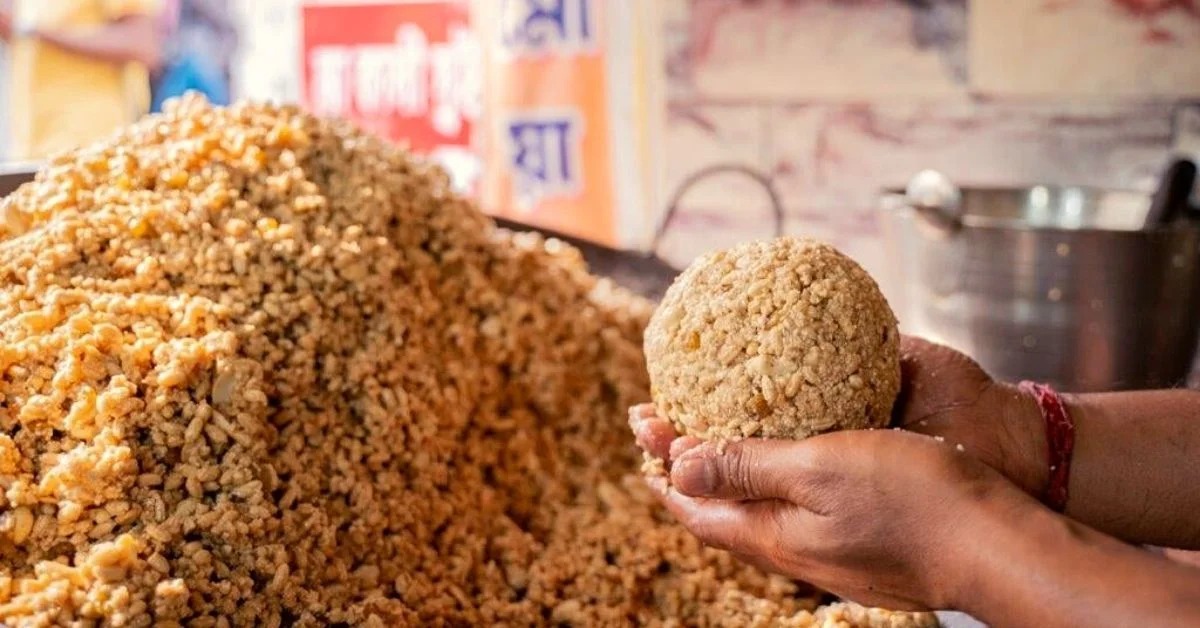
A perfect marriage of date palm jaggery and kanakchur khoi (an aromatic puffed rice cultivated in West Bengal) results in this delicacy sold only during the winter months. This owes to the fact that nolen gur — famous for its caramel texture and a vital ingredient in the recipe — is only available in the last few months of the year as the temperatures drop.
Ashok Kumar Kayal who runs the Joynagar Moa Nirmankari Society — which was also responsible for the GI tag in 2015 — empowers over 400 joynagar moa makers.
9. Kovilpatti Kadalai Mittai
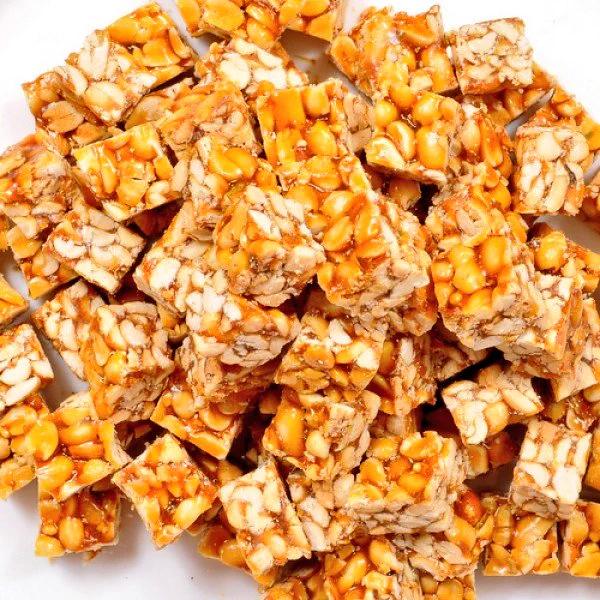
In 2020, this groundnut sweet achieved its GI tag status for its unique preparation methods in the Tuticorin district of Tamil Nadu. The mithai is prepared using the ‘veragu aduppu’ (firewood) technique through which groundnuts — native to the black-soiled areas of Kovilpatti — are roasted.
What started with one peanut candy manufacturer in the 1940s is now a community of over 150 manufacturers. If you found our stories insightful, informative, or even just enjoyable, we invite you to consider making a voluntary payment to support the work we do at The Better India. Your contribution helps us continue producing quality content that educates, inspires, and drives positive change. Choose one of the payment options below for your contribution- By paying for the stories you value, you directly contribute to sustaining our efforts focused on making a difference in the world. Together, let’s ensure that impactful stories continue to be told and shared, enriching lives and communities alike. Thank you for your support. Here are some frequently asked questions you might find helpful to know why you are contributing?

Edited by Pranita Bhat
This story made me
- 97
- 121
- 89
- 167












